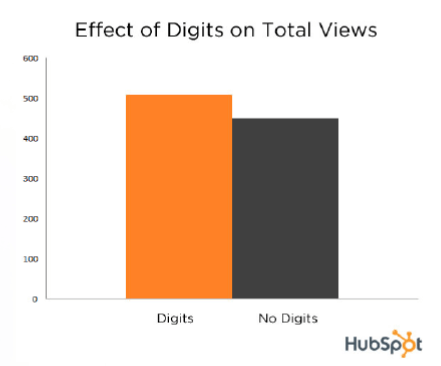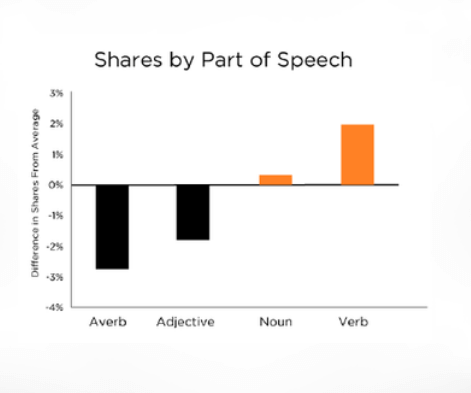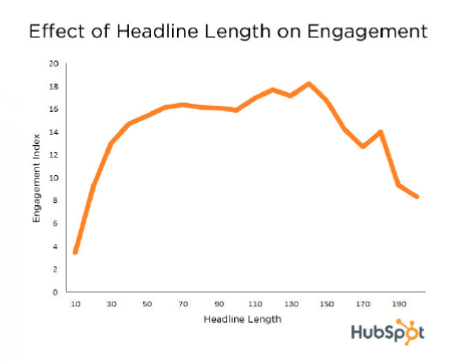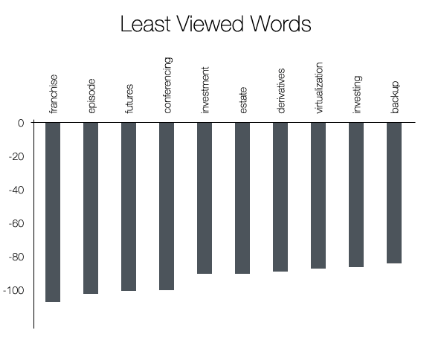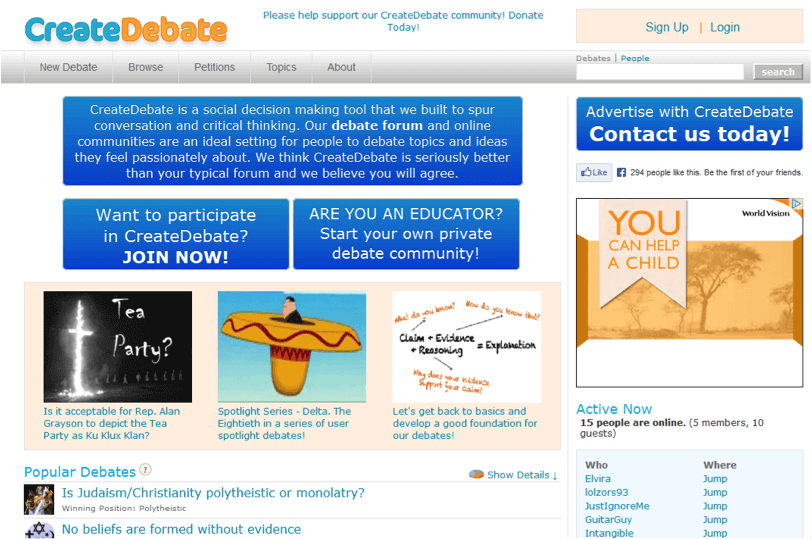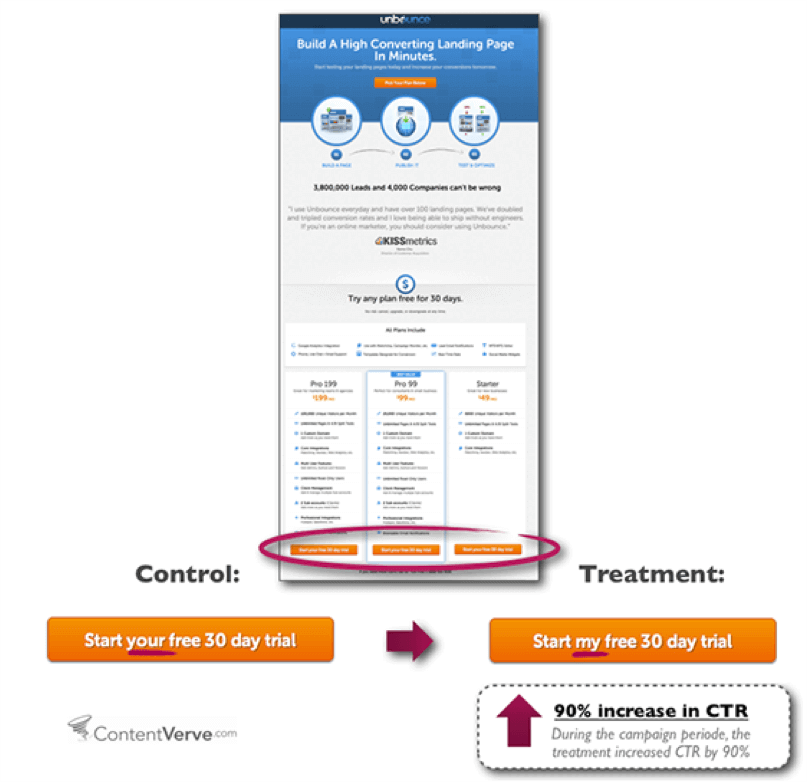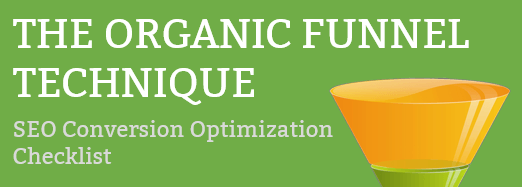
Did you know that using numbers and data in your content can boost engagement, but using too many adverbs could kill it? There are many aspects to writing content that stimulates action from your readers — a lot of which writers don’t know or do not implement. If you are looking for ways to drive your visitors to click on your buttons and links, then there are a couple of things that you should and shouldn’t do.
Avoid Vague Statements – Use Supporting Numbers and Data
Whatever it is that you are trying to sell or persuade your readers to do or believes, you cannot expect educated visitors to simply take in and digest whatever you say. Having data to back up your claims is one of the best ways to convince folks, whatever it is you’re trying to convince them of. By using numbers and data in your content, it helps to deliver your message in a straightforward and clear manner.
Internet users are looking for accurate and detailed information, which is why they are drawn to content that offers numbers. It tells them what they are going to get, how much, how long and so on. One great way to implement this method is within your headline copy.
Use Verbs and Subjects in the Beginning of Your Sentences
The way you begin your headlines and sentences in your copy can draw people in or eventually bore them to inaction. Since we read from left to right, putting subjects and verbs in the beginning helps us to get a gist of what we’re about to read and convinces us to take action. This is why you should not use your verbs at the end of your copy. Take for instance this ad:
It would have been more appealing if it began with something like, “Discover the secrets of the dead sea scroll.” However, the verb is saved at the end, and is at the bottom right hand corner — not a good place. According to Dan Zarrella, a Social Media Scientist at Hubspot, verbs perform better than nouns, adjectives, and adverbs when it comes to getting shares on Twitter.
From this graph, using adverbs sparingly would be ideal. These are used quite a lot in Internet copy, which includes words like finally, unfortunately and anything else you add “ly” at the end of.
Write Headlines that Are 90 to 150 Characters
When writing copy for email campaigns, press releases and other marketing collateral that are competing for clicks, it’s best to keep the headlines between 90 and 150 characters. You want your call-to-action to be short and to the point. There is a lot of competition in a person’s inbox and on the Web, so making your headline count is very important.
Don’t Use Technical Jargon in Your Copy
You do not have to dumb down your copy too much, but you do want to avoid using jargon that is overly technical. When writing call-to-action copy, you want it to attract a specific audience, but you don’t want to come off as complex. For example, according to Science of Blogging, the terms that work well include “review”, “insights”, “analysis”, “advice” and “answers.” These give off the impression that the content will in some way improve the reader.
However, with jargon like “franchise,” “virtualization,” and “investment”, it can be less appealing because it seems difficult or out of their league. If people won’t even click on your content, then how will you get them to complete your call-to-action?
Make Sure Your Buttons Look Like Buttons
It is surprising how some Web sites have unclear navigational elements. If visitors are unable to figure out where to click, especially when it comes to completing a call-to-action, you become your own worst enemy. You can have all the great copy in the world, but if no one knows where to click, then you can forget getting conversions. Here is an example:
You would think that the large blue call-to-action box is a button, but it’s not. None of them are. To help get rid of confusion, the following changes were made and there was a 45% increase in account starts.
Simply adding a button that stands out and has a mouse over it to imply it can be clicked helped this Web site out.
Use First-Person Language and “Button Triggers”
A lot of links and buttons use second person copy, but split-testing that was performed by Content Verve showed a 25% boost and 90% boost in button clicks when writing button content in the first person (I, my vs. you, your). Here is the first test, which showed a 90% click increase:
And here is the one with a 24% click increase and with 98% confidence.
Vs.
Even though the second one eliminates the company phone number, it doesn’t have a negative impact on business.
Drive Clicks Using Action Words, Numbers and Obvious Buttons
There’s no magic formula for ensuring a boost in clicks, but there are measures that can be taken to improve your chances of increasing conversion rates. By using verbs and subjects in your headlines and copy, including numbers and data, avoiding adverbs, and ensuring that your buttons or links look like they can be clicked (and are clickable) are all important components to making your call-to-actions drive more clicks. Have you tried any of these methods? Or maybe you have A/B tested others with success. Share your methods and results!

